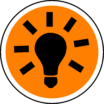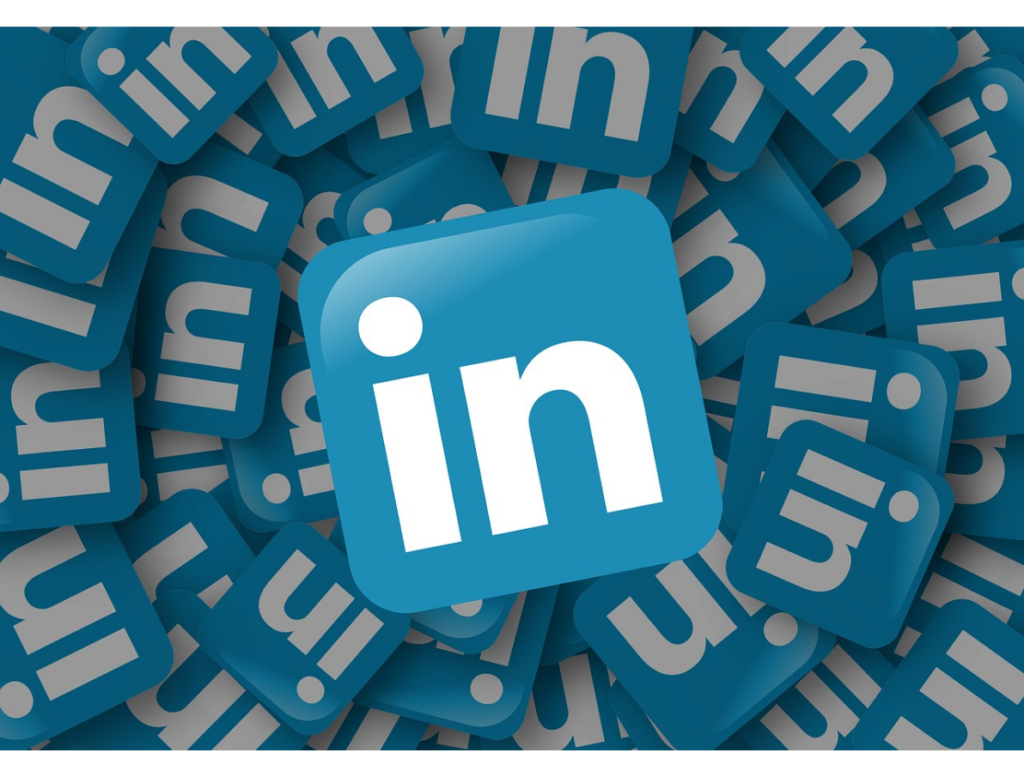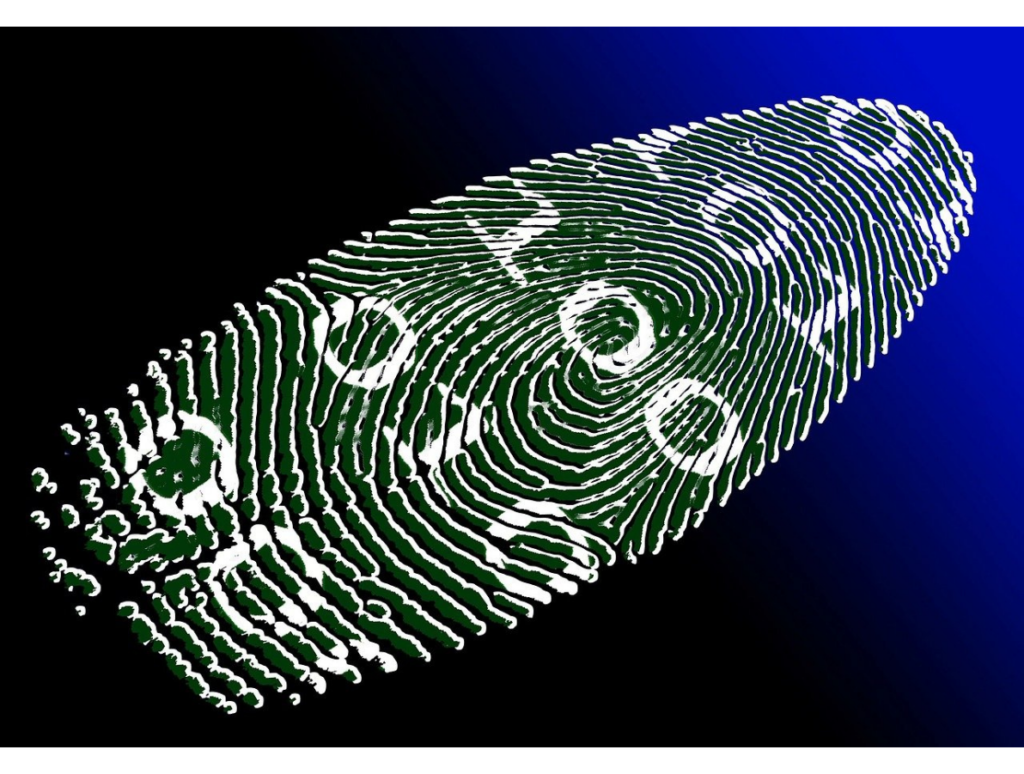There is no doubt that the internet and technology are reshaping the world as we know it. One aspect of our daily lives that has been affected by these phenomena is the way we interact with one another and the rise of social media. Social media can be described as “communication through websites and other online platforms (e.g., Facebook, Twitter, Instagram, and LinkedIn) that are used by large groups of people to share information, develop social and professional contacts, and promote business” (American Speech-Language-Hearing Association (ASHA), 2020, introduction section). Various social media platforms can be described as microblogging sites: platforms that allow users to combine instant messaging with blogging activities as they create micro or short messages, posts, that can be shared with a public audience (Nations, 2019). The posts can include a wide variety of different media such as text, images, audio, video, or hyperlinks depending on the web platform that is used. During this post, I am going to describe how I use two social media platforms that can be referred to as microblogging sites, within my professional life: LinkedIn and Twitter.
I joined LinkedIn in November 2012 and I have to say that if you are looking to create one online account for professional use: this is the one I would recommend! I see my LinkedIn profile as a live online version of my resume. I make sure that I constantly keep it up to date and regularly search for professionals within my field, instructional technology, to connect with to expand my professional learning network. Since starting my doctoral studies, I also use it as a medium to share knowledge that I have gained through my studies by creating posts on topics such as online learning theories and emerging technology trends in education. I also create posts associated with the different projects that I lead within my professional life and my current company reposts them or amplifies them in other ways.
The next platform that I would advise any professional to be involved in is Twitter. I joined Twitter in July 2013, during which time I was still in the classroom and about to transition my career and my family overseas into an international setting. I see Twitter as my digital staffroom and use it to connect with educators and technology leaders from around the world. By taking care to connect with companies and individuals that I feel could add value to my professional goals, I ensure that my feed is meaningful, insightful, and ultimately inspiring. I regularly post updates to my Twitter account and interact with requests from my network for help and guidance from fellow educators located both locally and internationally. I would recommend that individuals should check the social media policy of their companies before creating posts regarding their professional activities. They should also think about whether they need to create separate accounts for their personal and professional life, based on how they are going to use the platform. I use one account as the content that I post is mostly associated with instructional technology and education-related topics.
When using an online public platform, always be mindful of how you are portraying the ‘digital’ version of yourself: your digital footprint. The Internet Society (n.d.) states that an individual’s “digital footprint paints a picture of who you are” (para. 1) and is the amalgamation of all your online interactions leading to the formation of their digital identity.
So… there you have it. If you feel that you could benefit from using platforms such as LinkedIn and Twitter within your professional life, be confident and give it a try. I have personally benefitted from using both LinkedIn and Twitter and highly recommend them.
References
American Speech-Language-Hearing Association. (2020). Issues in Ethics: Ethical Use of Social Media. https://www.asha.org/practice/ethics/ethical-use-of-social-media/#Guidance
Nations, D. (2019, December 19). What is microblogging? Lifewire. https://www.lifewire.com/what-is-microblogging-3486200
The Internet Society. (n.d.). Your Digital Footprint Matters. https://www.internetsociety.org/tutorials/your-digital-footprint-matters/


